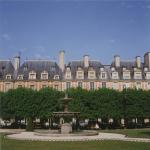|
Yashica 230-AF |
Manufactured or assembled in Japan from (Before) 1988 to (After) 1991.
Index of rarity in France: Infrequent (among non-specialized garage sales)
Inventory number: 2311
See the complete technical specifications
Chronology of cameras Yashica
L'esthétique de ce reflex 24 x 36 auto-focus est lourdaude lorsqu'il est équipé de son flash intégré mais amovible.
Les autres signes distinctifs du Yashica 230-AF sont sa couleur grise, sa grosse poignée anguleuse (comprenant la batterie) facilitant la tenue en main ainsi que les inscriptions Yashica et Kyocera en lettres dorées.
Il semblerait que la plupart des appareils de ce modèle aient été vendus avec un zoom en tant qu'optique de base (couramment un Yashinon 35 - 70 mm macro). L’appareil pouvait être équipé d’un Yashinon 50 mm ouvrant à 1.8 (6 éléments en 4 groupes) avec pare-soleil incorporé à curseur. Une autre optique standard était le 2,8/28 mm (6 éléments en 6 groupes).
Parmi les particularités : un autofocus TTL (analyse de différence de phases par sensor CCD) ; le mode autofocus en continu ainsi que celui permettant de fixer le point (trap focus mode) et d'attendre que le sujet s'y place (avec déclenchement automatique à ce moment-là), utile pour la macro-photo d'insectes, par exemple. On peut mentionner encore : la compensation d'exposition de ± 4 diaphragmes par ? de diaphragme, la prises de vues en rafale, le miroir de visée interchangeable, le dos dateur, la connexion pour télécommandes (câble de déclenchement, contrôleur infrarouge ou encore contrôleur radio).
La mesure de la lumière est soit spot soit moyenne à pondération centrale.
Les échos récoltés et le test effectué montrent que ce reflex faisait des photos de qualité honorable. L'autofocus et le déplacement du zoom semblent assez rapides mais sont certainement lents par rapport aux reflex argentiques les plus récents ou aux appareils digitaux actuels. Toujours selon ces échos, cet appareil quoi que bon n'aurait pas eu le succès mérité en raison du choix limité d'optiques dû notamment au standard propriétaire choisi pour les connexions AF.
Le 230-AF est sorti en 1987, mais il avait été présenté à la Photokina de 1986 sous le nom de 250-AF.
En 1987, lors du Salon International des Techniques de l'Image, Yashica présentera un 200-AF, version moins chère du 230-AF Le flash amovible en aura disparu, ainsi que la mesure Spot, la correction volontaire d'exposition etc.

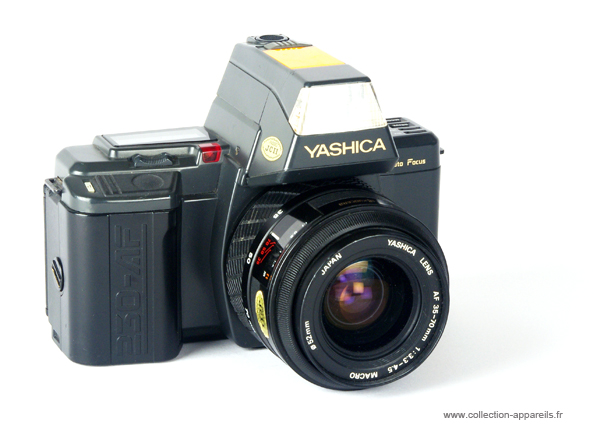
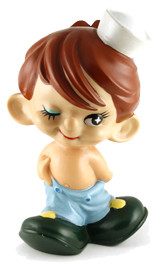 The first name of this firm, founded in 1949 in the province of Nagano, was Yashima, name derived from Yoshihama which all 8 island of the Japanese nation. It will be then transformed into Yashinon, name which will be preserved for optics, its speciality. It will be itself derived and will become Yashica, in 1958.
The first name of this firm, founded in 1949 in the province of Nagano, was Yashima, name derived from Yoshihama which all 8 island of the Japanese nation. It will be then transformed into Yashinon, name which will be preserved for optics, its speciality. It will be itself derived and will become Yashica, in 1958.
The first produced cameras will be of 6 X 6 and 4 X 4 more or less copied from Rolleiflex.
In 1958, Yashica manufactured its first 24x36, rangefinder camera with fixed lens on an aesthetic basis of Contax inspiration: the 35. This camera will be the first of very a long lineage, made up of several series of 135 rage finder cameras with fixed lenses which will make its reputation.
In 1958, Yashica buys Nicca (ex- Nippon Cameras), which manufactures very beautiful copies of Leica, in screwmount M 39. Nicca has then, a very good reputation of quality. Between 1948 and 1957, more than 60,000 rangefinder cameras were produced, particularly for export.
Since 1949, these cameras are distributed in the USA by Sears & Roebuck of Chicago (Tower) and Peerless of NY (Peerlees). During this period, Nicca are primarily proposed with Nikon optics. Certain dealers, leave however the choice of optics, to their customers (Nikon, Canon, Steinheil…)
For Yashica, specialist in optics, buying Nicca would have to allow him to compete with Canon and Nikon on this market, by ensuring the industrial manufacturing of the bodies in the Nicca factory and optics in his own factory. The name of Nicca Camera Company Ltd will be kept.
On the basis of excellent Nicca 3F Type II - with cocking lever - will be manufactured in 1959, the very first Yashica rangefinder camera with interchangeable lens of the brand: the YE. It will be too expensive to produce and will be sold badly. Seeking to dissociate itself while saving money in manufacturing costs to fight against Canon, Yashica will introduce the superb YF, stamped Yashica and Nicca. Unfortunately, this splendid camera will fail by a rangefinder ridiculously small and unworthy of its other performances.
One saves money where one can… In any case the knell of uprange rangefinder camera sounded. The YF will be the last rangefinder camera with interchangeable objective of the brand.
Its comfortable financial situation and its strategic good choices (mounting 42 with screw…) will allow Yashica to pass without encumbers, the critical cape of the advent of the Single Lens Reflex camera.
In 1983, Yashica will merge with the Kyocera group. This group started in 1959, in Kyoto, as ceramics manufacturer. From the merge the Yashica cameras will bear also the Kyocera logo. In the middle of the Eighties, the distribution of the brand will be chaotic in France. It is finally Hasselblad France which will ensure the distribution.
Camera manufacturing stopped in 2005.
Interesting links or bibliography :
| Sur Camera-wiki.org, suggested by Sylvain Halgand |
| Sur mes-appareils-photos.fr, suggested by Eric Carlhan |
Add a link or element of bibliography, a picture taken with this camera, a picture of box or an ads about this camera
Your photos taken with the same camera:
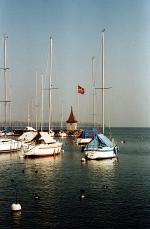
| 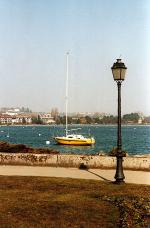
|
Cameras from Ebay France (Yashica) (Uploaded each 3 hours)







